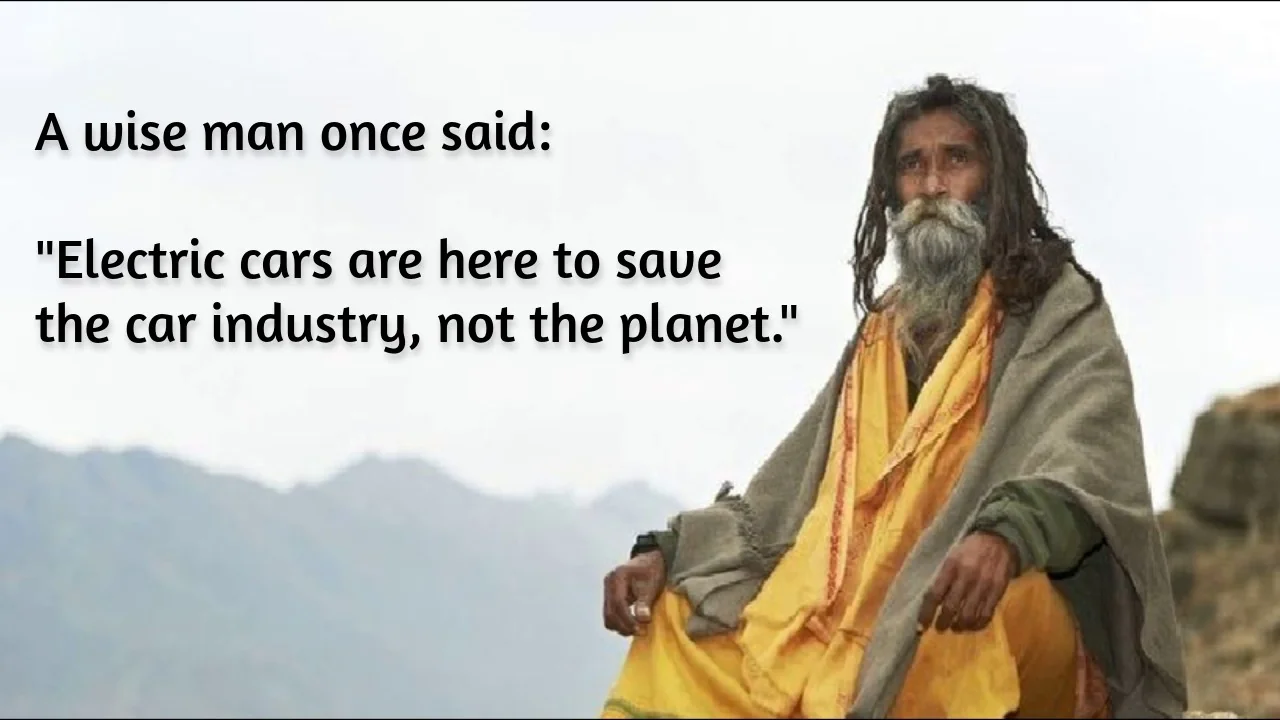Fuck Cars
A place to discuss problems of car centric infrastructure or how it hurts us all. Let's explore the bad world of Cars!
Rules
1. Be Civil
You may not agree on ideas, but please do not be needlessly rude or insulting to other people in this community.
2. No hate speech
Don't discriminate or disparage people on the basis of sex, gender, race, ethnicity, nationality, religion, or sexuality.
3. Don't harass people
Don't follow people you disagree with into multiple threads or into PMs to insult, disparage, or otherwise attack them. And certainly don't doxx any non-public figures.
4. Stay on topic
This community is about cars, their externalities in society, car-dependency, and solutions to these.
5. No reposts
Do not repost content that has already been posted in this community.
Moderator discretion will be used to judge reports with regard to the above rules.
Posting Guidelines
In the absence of a flair system on lemmy yet, let’s try to make it easier to scan through posts by type in here by using tags:
- [meta] for discussions/suggestions about this community itself
- [article] for news articles
- [blog] for any blog-style content
- [video] for video resources
- [academic] for academic studies and sources
- [discussion] for text post questions, rants, and/or discussions
- [meme] for memes
- [image] for any non-meme images
- [misc] for anything that doesn’t fall cleanly into any of the other categories
Recommended communities:
view the rest of the comments

There once was a time we built rail first and the cities appeared along it. The early rail capitalists knew that transit seeds development and that's what built MOST of the major cities in the Americas. Somehow we forgot that and have instead come to believe that transit only makes sense if it connects dense, fully-developed places that already exist. It's insipid, but unfortunately makes it past peoples' bullshit filters routinely. It's just part of the trend of cities in North America to give no shits about their future development.
It's total bullshit, though. Most city downtowns can justify small transit easily. Play with the Tom Forth tool and see for yourself. I recommend looking at bus stops per capita for any place you click; that tells a hell of a story about how over or underinvested a community is in car infrastructure. In most of the world, it's something like 200-400 people per bus stop in a city. In the US, you're lucky to see 1200 outside of a few edge cases.
The fact is, most trips are within a few miles of home. There's a lot of space in the world for cars. They're needed to fill in the edge cases. The truly rural areas. The niche needs of a profession. An unusual living situation, or to provide accessibility, or for so many other reasons. But the default should be transit and bike-ped, as it was for virtually all of human history and as it still is for most people in most cities in most of the world.
When we entertain this "The US is too big for transit" stuff, we're reversing the victim and offender and substituting the solution with the problem. To start with, intercity transit isn't even that important a kind of transit. It's useful and nice, but the kind of trips that happen within a few miles of home are the fundamental ones.
Hmm I couldn't reproduce this, which places did you check? I've checked most of the larger cities in Europe and the US. They all seem to have similar numbers, around 800-1000 people per bus stop.
I've also noticed that larger population densities usually have less bus stops per population. Which makes sense, as rural areas tend to rely more on buses because they don't have access to trams or subways. Plus, for higher population densities you need less stops per population, because doubling the amount of bus stops only reduces walk times to the nearest stop by 30%, assuming an equal spread (Circle Area = Pi * Radius²).
I was looking at French cities to get that number. I admit, it was not a comprehensive survey.